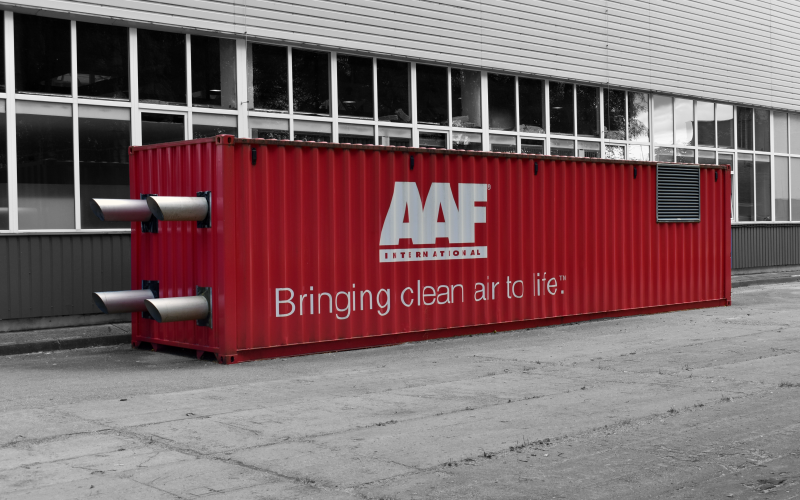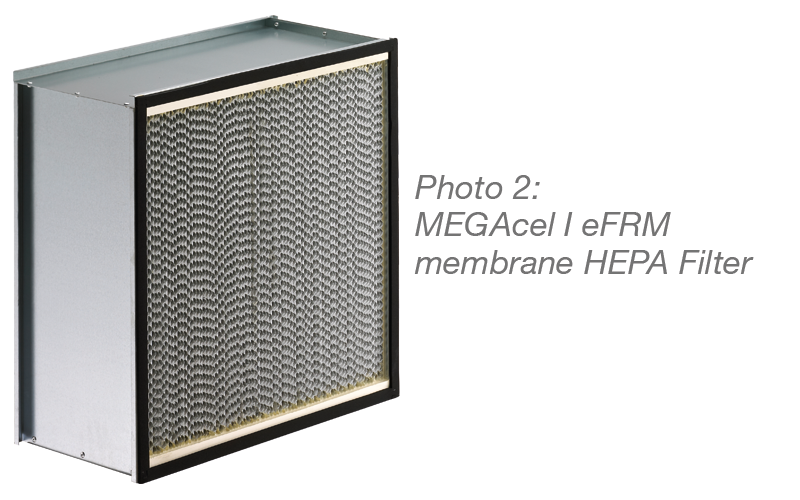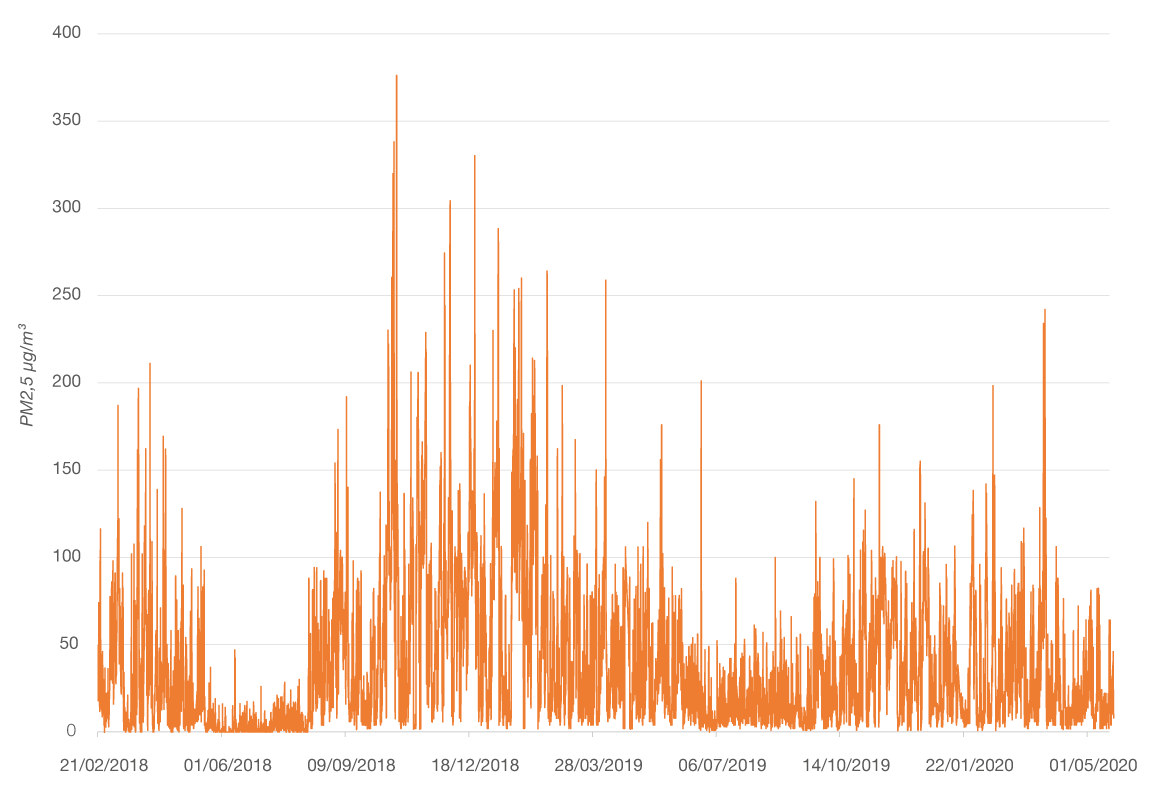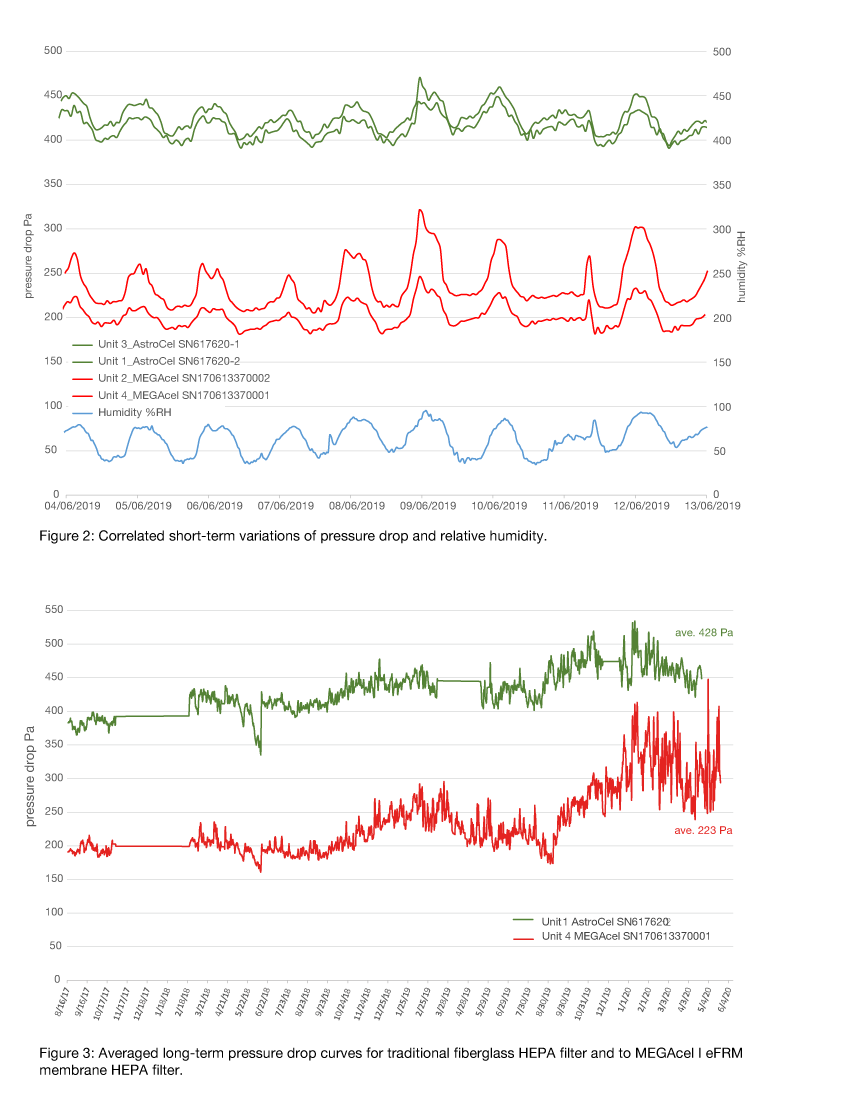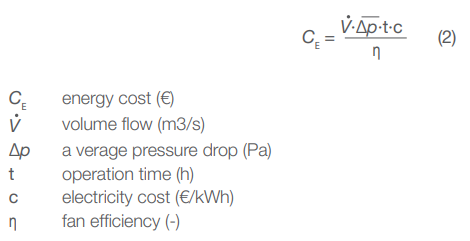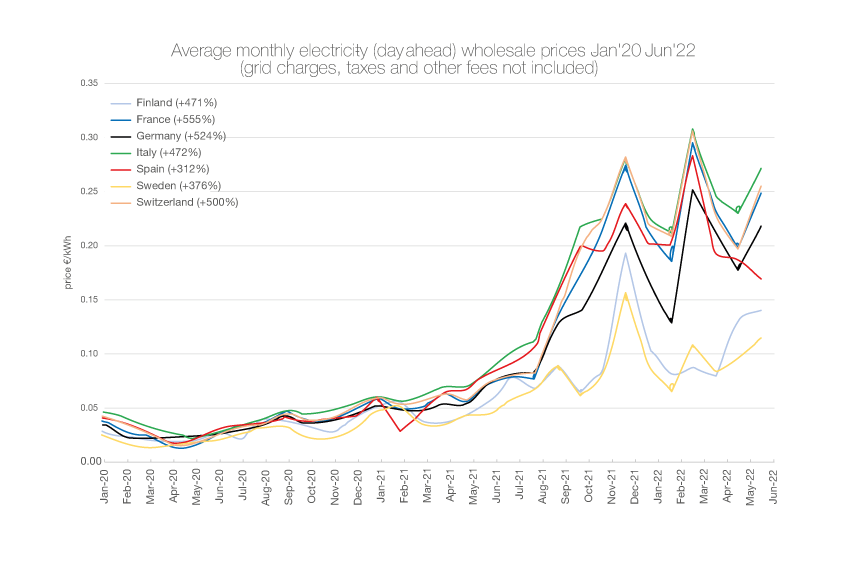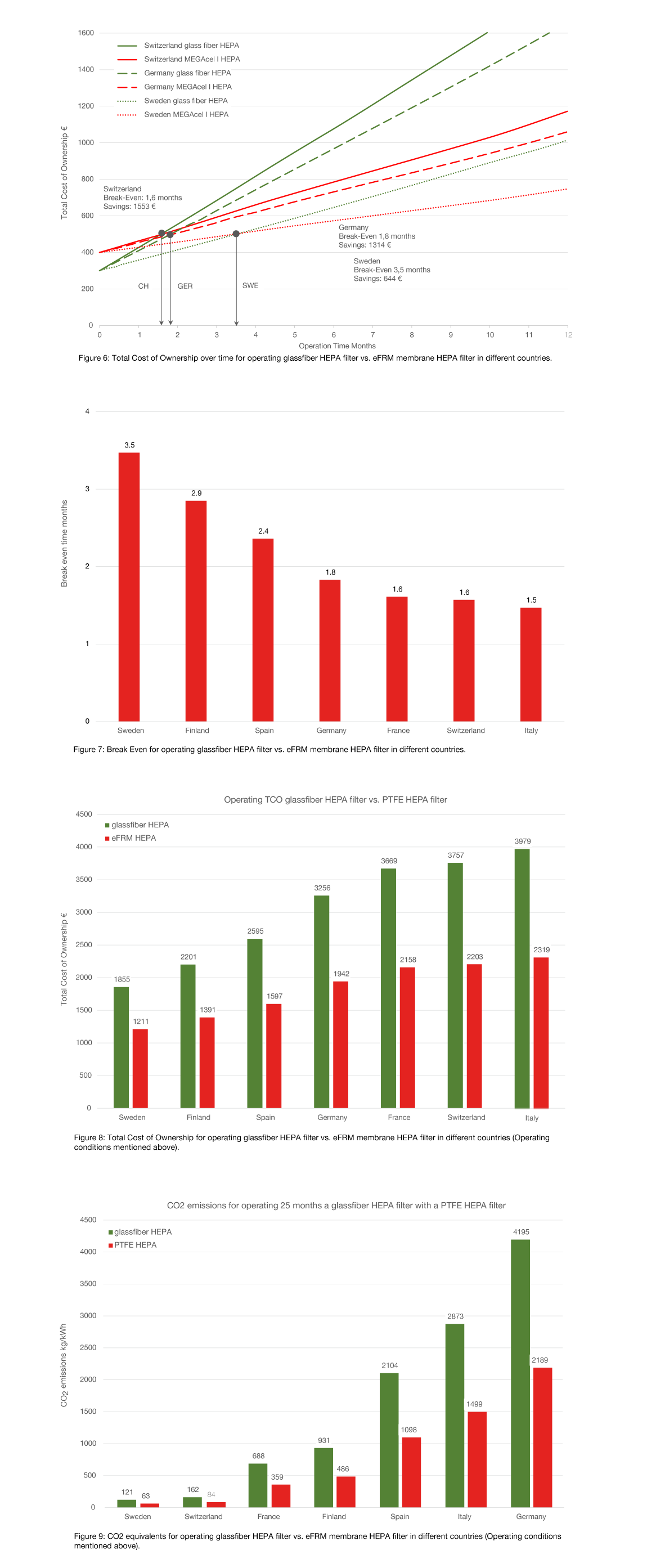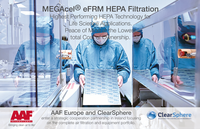Thanks to its unique membrane technology, the eFRM HEPA filter medium has been the medium of choice for numerous end users in the life science and microelectronics industries for several years. In addition to the low pressure drop, the focus in these segments is on risk minimization through high mechanical stability and chemical resistance.
Due to the extremely low pressure drop, the eFRM filter medium is predestined for use in high-flow HEPA filters such as those used in ventilation systems for high-purity environments. To investigate this application, a test was conducted under real outdoor air conditions. For this purpose, eFRM HEPA filters were subjected to a "1000 days" long-term test in parallel to conventional glass fiber HEPA filters in a two-stage filter system using the AAF test container. After a description of the test container, the article deals with the short- and long-term behavior of the filters.
On a short-term time scale, interesting correlations between the relative humidity and the pressure drop of the HEPA filters can be seen. On the long-term scale, the advantage of the low pressure drop of the eFRM HEPA filters is shown to be maintained even when 100% fresh air is used. Furthermore, the paper discusses the economic implications resulting from the favorable pressure drop characteristics of eFRM HEPA filters compared to glass fiber-based HEPA filters.
For this purpose, the operating costs as well as the "Total Cost of Ownership" are discussed, especially against the background of the differently increasing electricity costs in different countries. The energy costs from the end of 2021, on which this paper is based, now have to be adjusted upwards on a monthly basis, so the current cost benefits of using eFRM HEPA filters are likely to be higher than the values shown.
The carbon footprint during operation of the different filters will also be discussed. Although the carbon footprint (due to nationally different energy mixes) is very different between the countries, eFRM HEPA filters offer a significant advantage over conventional glass fiber HEPA filters. Thus, eFRM membrane HEPA filters are not only an economical, but also an ecologically sound technical solution for particle filtration in high-purity environments.

 FHK Polska
FHK Polska PureMedion Kft.
PureMedion Kft. Elfa spol. s r. o.
Elfa spol. s r. o. Ecotip d.o.o.
Ecotip d.o.o.